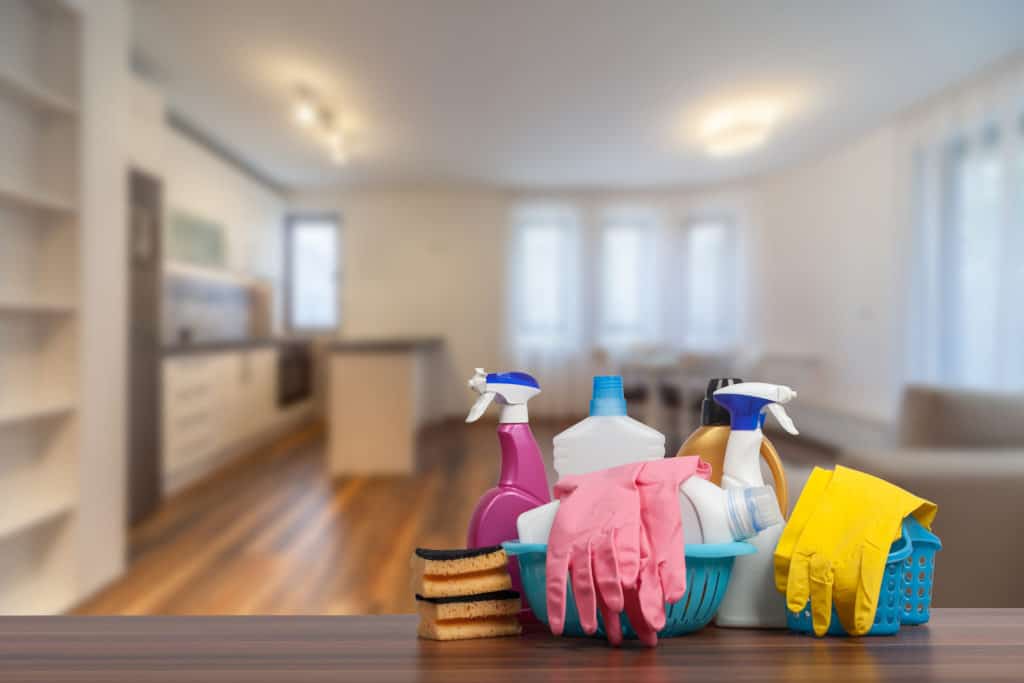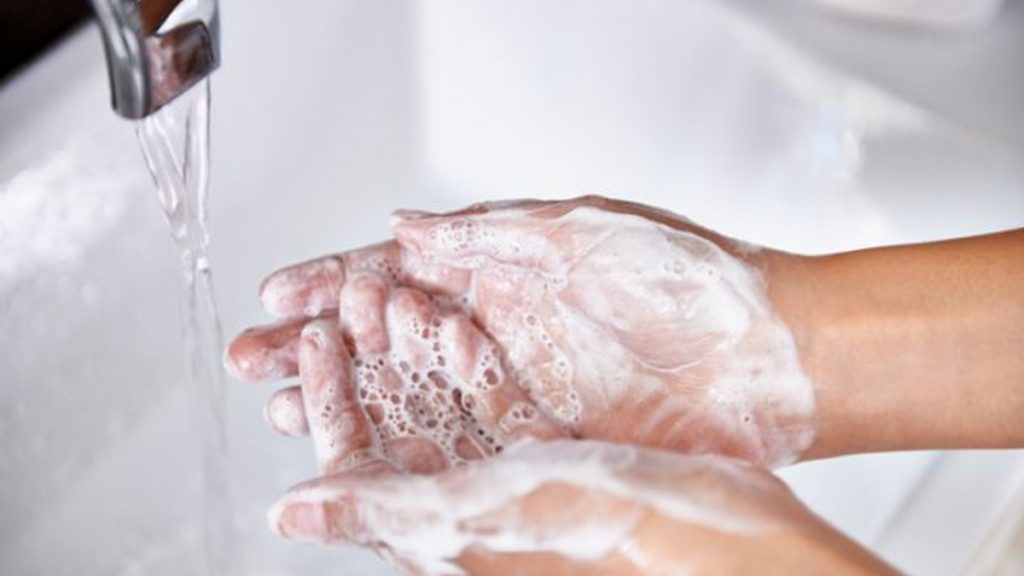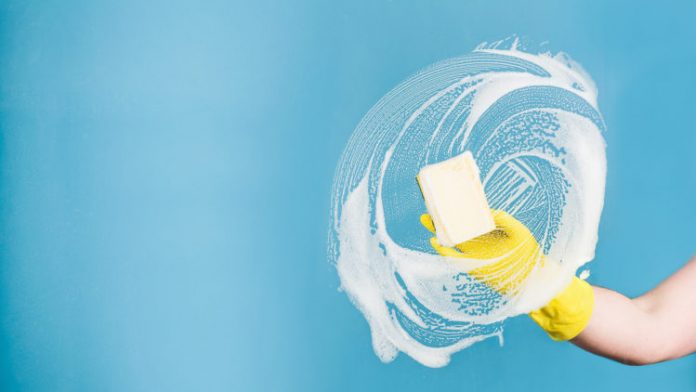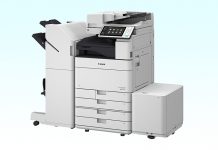Everyone in this world performs the act of cleaning at some point in their lives. It has become like the air we breathe. Similar to involuntary breathing, we now spend hours and hours a week cleaning, not thinking about it, rather just getting it ‘over with’.
But what exactly is cleaning? Most people believe that cleaning is the act by which something is made to look, be or appear clean – or a definition to that effect. But how do we know when something is clean? How does someone determine when to stop scrubbing, mopping or bleaching? What is the correct definition of clean? Who knows when clean truly is clean?
According to the Merriam Webster Dictionary, clean is:
“A: free from dirt or pollution
B: free from contamination or disease
C: free or relatively free from radioactivity “

So there you have it, the perfect definitions of clean. Clean does not refer to surfaces such as kitchen worktops or toilet seats, but can be applied to many different scenarios e.g. wounds.
This article aims to give you an insight into what clean really is, and go into details about the different ‘types’ of clean.
The first type of clean is what we are most familiar with. It is where a surface, an item, a fixture etc. is free from dirt. This is the most frequent type of cleaning that we do. It ranges from cleaning kitchen surfaces, floors, bath tubs, shelves and even toilets!
The second type of clean relates to the absence of contamination and disease. So this type of clean would be most important in healthcare settings such as hospitals, doctor’s surgeries and dentists. Cleanliness is extremely important due to the constant exposure to pathogenic organisms i.e. bacteria and viruses.
The recent prevalence of MRSA in hospitals indicates just how importance cleaning and cleanliness is. This type of clean does not only refer to inanimate objects, but also to human beings. When we shower, wash our hands etc., it is to clean ourselves and potentially remove pathogenic (disease causing) bacteria and viruses. Wounds also need to be cleaned in order to prevent them from becoming infected. Lack of cleanliness in the Victorian times is a perfect indicator as to why so many limbs had to become amputated due to wounds becoming infected.

The third type of clean refers to the absence of radioactivity, and is by far the least common known and least thought of by the general public. This is more of a concern to scientists, medical professionals etc. Radioactivity is something that everyone should be concerned about, since exposure to it has been known to cause health problems as serious as cancer.
Cleaning processes will be determined by the type of clean that you are trying to achieve. Special cleaning detergents, tools and occasional specialist equipment may be needed to achieve the perfect desirable level of clean.
There are many reasons as to why people need to clean. Whether it is to make something look more attractive, keep it free from pathogenic bacteria and viruses or to keep something free from radioactive contamination. Once you have determined why you need to clean, you will be one step closer to knowing exactly how to go about the cleaning, making it easy, safe and effective.


















